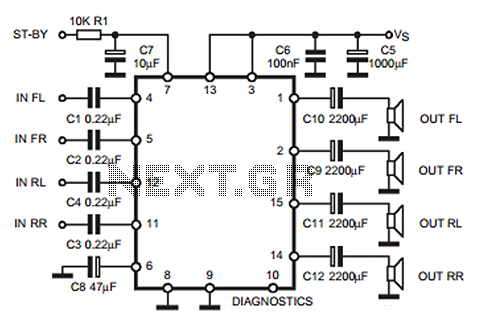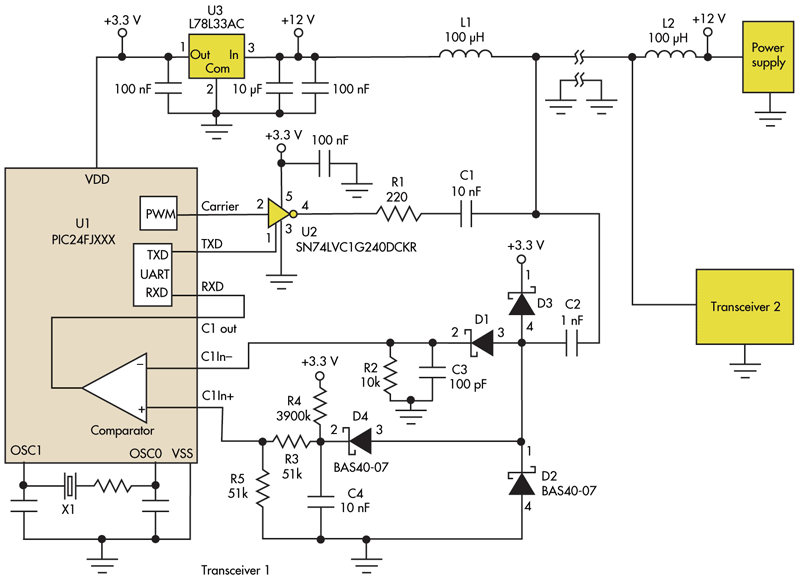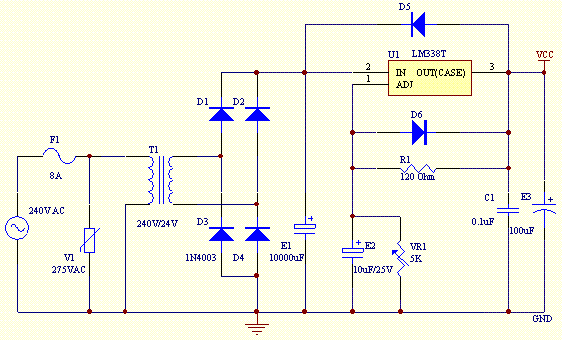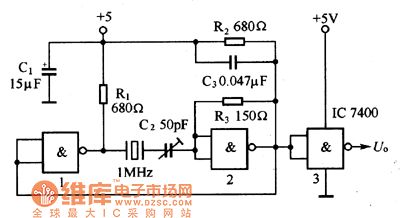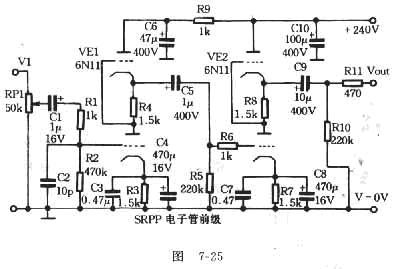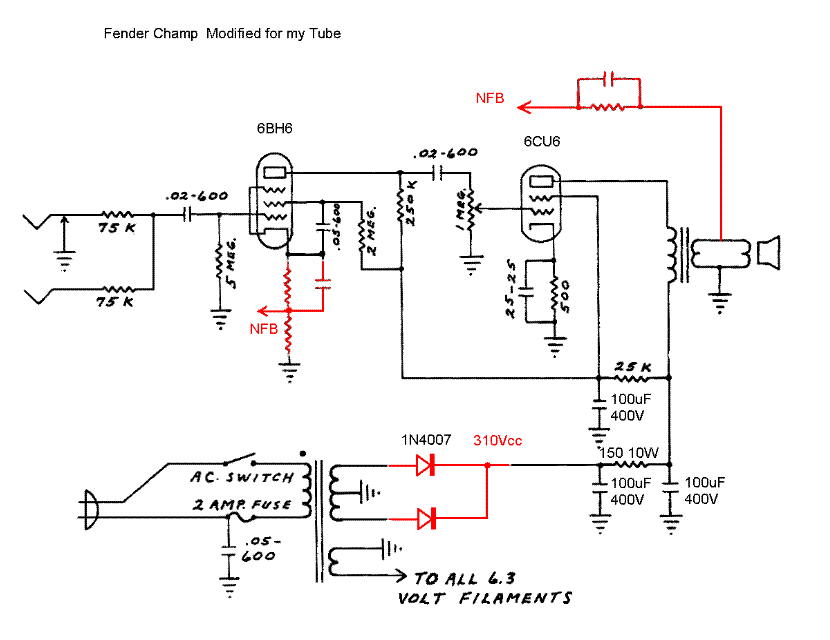
Charge amplifier circuit
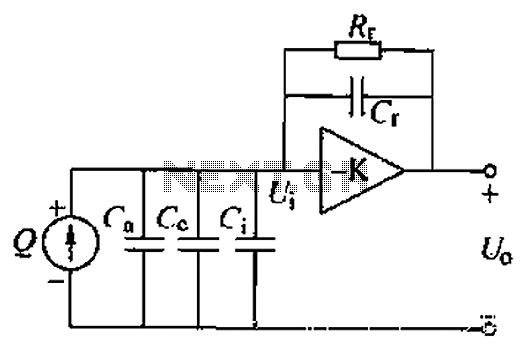
A charge amplifier is an effective device for measuring punch hits. This amplifier utilizes a negative feedback capacitor in conjunction with a high-gain operational amplifier. The amplifier operates with minimal shunt, relying primarily on the feedback capacitor's charge (q CF) for its charging power. When the capacitance is significantly smaller than the resistance, the equivalent input impedance is affected.
A charge amplifier is designed to convert the charge produced by a sensor, such as a piezoelectric element, into a voltage signal that can be easily measured. The core of this circuit is a high-gain operational amplifier configured to operate with a feedback capacitor. This configuration allows the amplifier to achieve high sensitivity and low noise, which is crucial for accurately measuring dynamic events like impacts or vibrations.
The operational amplifier in this setup is typically configured in an inverting mode, where the input charge from the sensor is applied to the inverting terminal. The feedback capacitor, which is connected from the output to the inverting input, integrates the input charge and produces a voltage output proportional to the charge. The gain of the amplifier is determined by the ratio of the feedback capacitor to the input capacitance, allowing for precise control over the amplification level.
In practical applications, the charge amplifier exhibits a very high input impedance, which minimizes the loading effect on the sensor and ensures that the measurement is not influenced by external factors. The design must also consider the bandwidth of the amplifier, as it should be capable of responding quickly to transient events.
Additionally, the choice of components, such as the operational amplifier and the feedback capacitor, plays a critical role in the performance of the charge amplifier. Low-leakage capacitors are preferred to maintain the integrity of the charge measurement, while the operational amplifier should have low offset voltage and low noise characteristics to enhance measurement accuracy.
Overall, the charge amplifier is an essential component in various applications, including impact testing, acceleration measurement, and other dynamic force measurements, where precise and reliable data acquisition is required. Charge amplifier, it is a good punch hit measuring amplifier. This amplifier is actually a negative feedback capacitor having a depth of high-gain operational amplifier input o f the amplifier is almost no shunt, only the feedback capacitor charge q CF charging power. When the capacitance is much smaller than the resistance brother off to the equivalent impedance input,
A charge amplifier is designed to convert the charge produced by a sensor, such as a piezoelectric element, into a voltage signal that can be easily measured. The core of this circuit is a high-gain operational amplifier configured to operate with a feedback capacitor. This configuration allows the amplifier to achieve high sensitivity and low noise, which is crucial for accurately measuring dynamic events like impacts or vibrations.
The operational amplifier in this setup is typically configured in an inverting mode, where the input charge from the sensor is applied to the inverting terminal. The feedback capacitor, which is connected from the output to the inverting input, integrates the input charge and produces a voltage output proportional to the charge. The gain of the amplifier is determined by the ratio of the feedback capacitor to the input capacitance, allowing for precise control over the amplification level.
In practical applications, the charge amplifier exhibits a very high input impedance, which minimizes the loading effect on the sensor and ensures that the measurement is not influenced by external factors. The design must also consider the bandwidth of the amplifier, as it should be capable of responding quickly to transient events.
Additionally, the choice of components, such as the operational amplifier and the feedback capacitor, plays a critical role in the performance of the charge amplifier. Low-leakage capacitors are preferred to maintain the integrity of the charge measurement, while the operational amplifier should have low offset voltage and low noise characteristics to enhance measurement accuracy.
Overall, the charge amplifier is an essential component in various applications, including impact testing, acceleration measurement, and other dynamic force measurements, where precise and reliable data acquisition is required. Charge amplifier, it is a good punch hit measuring amplifier. This amplifier is actually a negative feedback capacitor having a depth of high-gain operational amplifier input o f the amplifier is almost no shunt, only the feedback capacitor charge q CF charging power. When the capacitance is much smaller than the resistance brother off to the equivalent impedance input,
Warning: include(partials/cookie-banner.php): Failed to open stream: Permission denied in /var/www/html/nextgr/view-circuit.php on line 713
Warning: include(): Failed opening 'partials/cookie-banner.php' for inclusion (include_path='.:/usr/share/php') in /var/www/html/nextgr/view-circuit.php on line 713
